Summary
- Playtested and interviewed Jen and Mike, gained valuable insights about how people with upper body disabilities play games;
- Finished the FPS game level design and implementation in Unity;
- Implemented the dynamic difficulty system, including 10 difficulty levels and their detailed parameters;
- Attended GAConf (Game Accessibility Conference) as a team and participated in the talks;
- Attended ETC Playtest Day and playtest with CMU students and the local community.
Design
We continued to develop our accessible FPS game, adding 2 more places of interest (3 in total) for players to shoot in level design. As for the core part of our exploration, the dynamic difficulty, we designed our first version of 10 difficulty levels, each consisting of 4 different parameters: aim assist level, target size, target moving speed, and target lasting time.
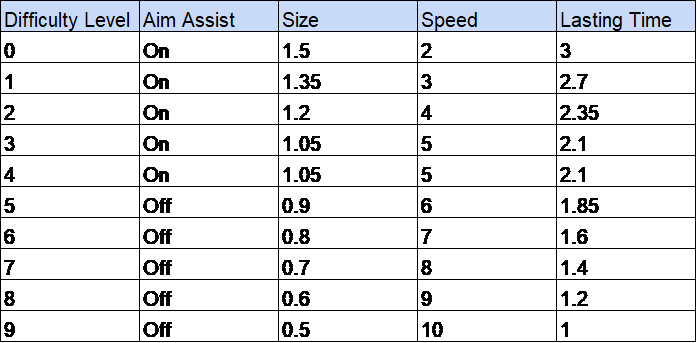
As the difficulty level increases, aim assist is turned off, target size decreases, target moving speed increases, and target lasting time decreases.
Besides the calibration at the beginning, the game also adjusts its difficulty on itself after each stop so that the player is always on a difficulty level that suits them as shown in Fig.2.

We tested those values with 28 playtesters, including Jen and Mike (our disabled playtesters), as well as CMU students, primary school kids, and local community members.
We got really positive feedback on the difficulty of the game. Almost all playtesters felt the game is satisfying hard, and not too frustrating. And we also found some issues with the current build, with most of them related to camera control, player’s focus, and on-rail movement.

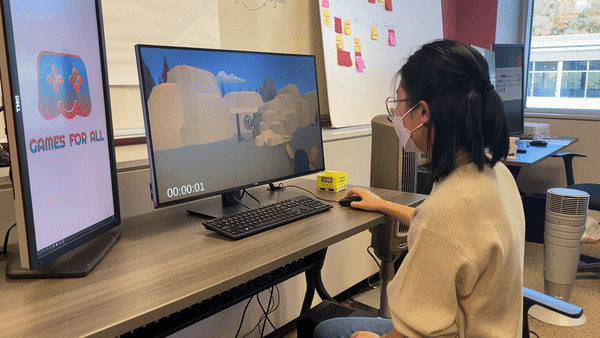
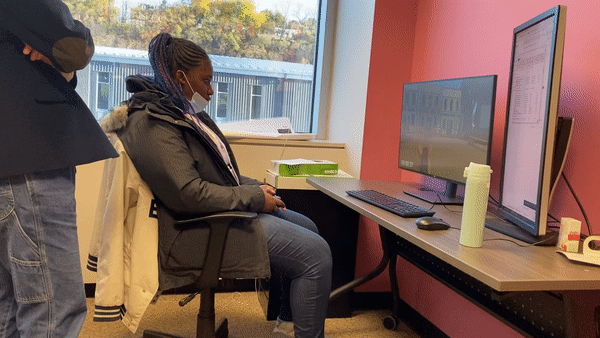
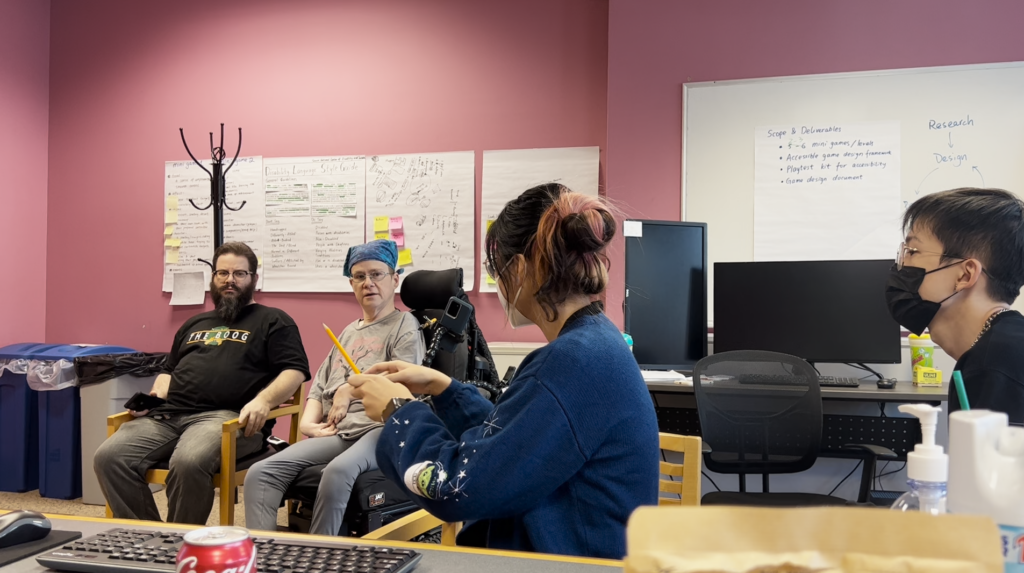
The team’s mood was elevated after those playtest sessions because we felt that our dynamic difficulty design was validated. Moreover, we found some issues that we need to fix to improve our prototype.
Art
We continued to create more 3D assets to enrich the environment in the game. This week he made more building models.
Programming
First, we implemented 2 more sessions (places of interest) into the game, as shown in Fig.5 and Fig. 6 below.

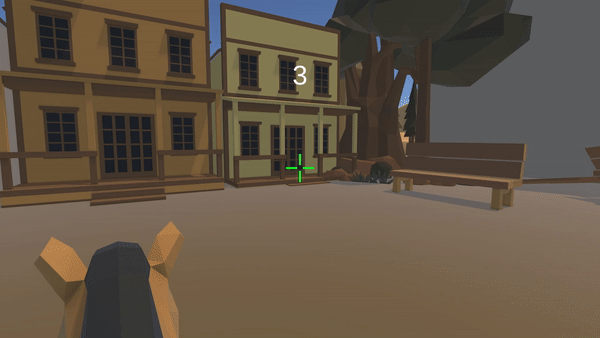
We also implemented the dynamic difficulty adjustment system into the game. Now the game is responsive to different players.


Comments are closed